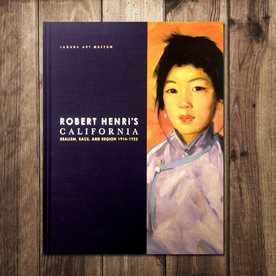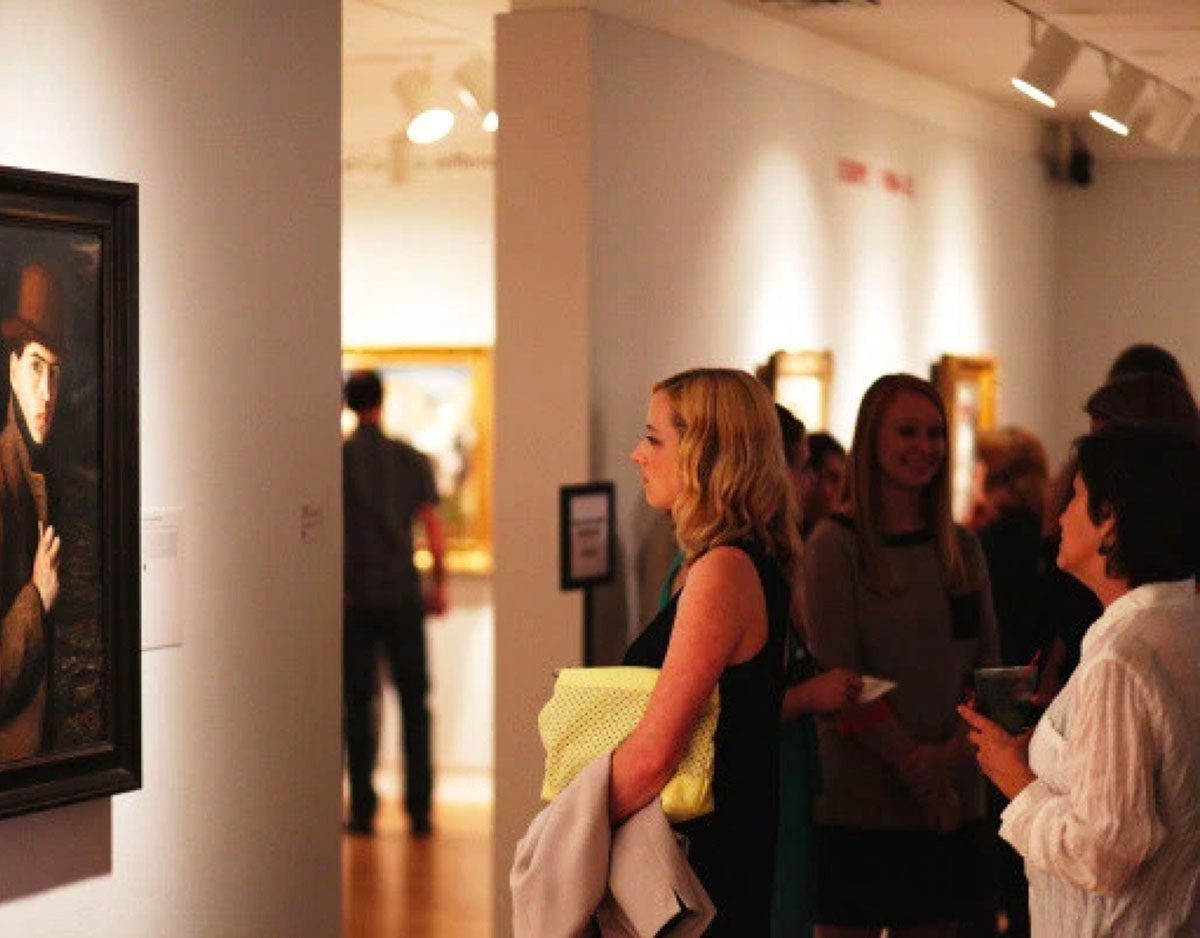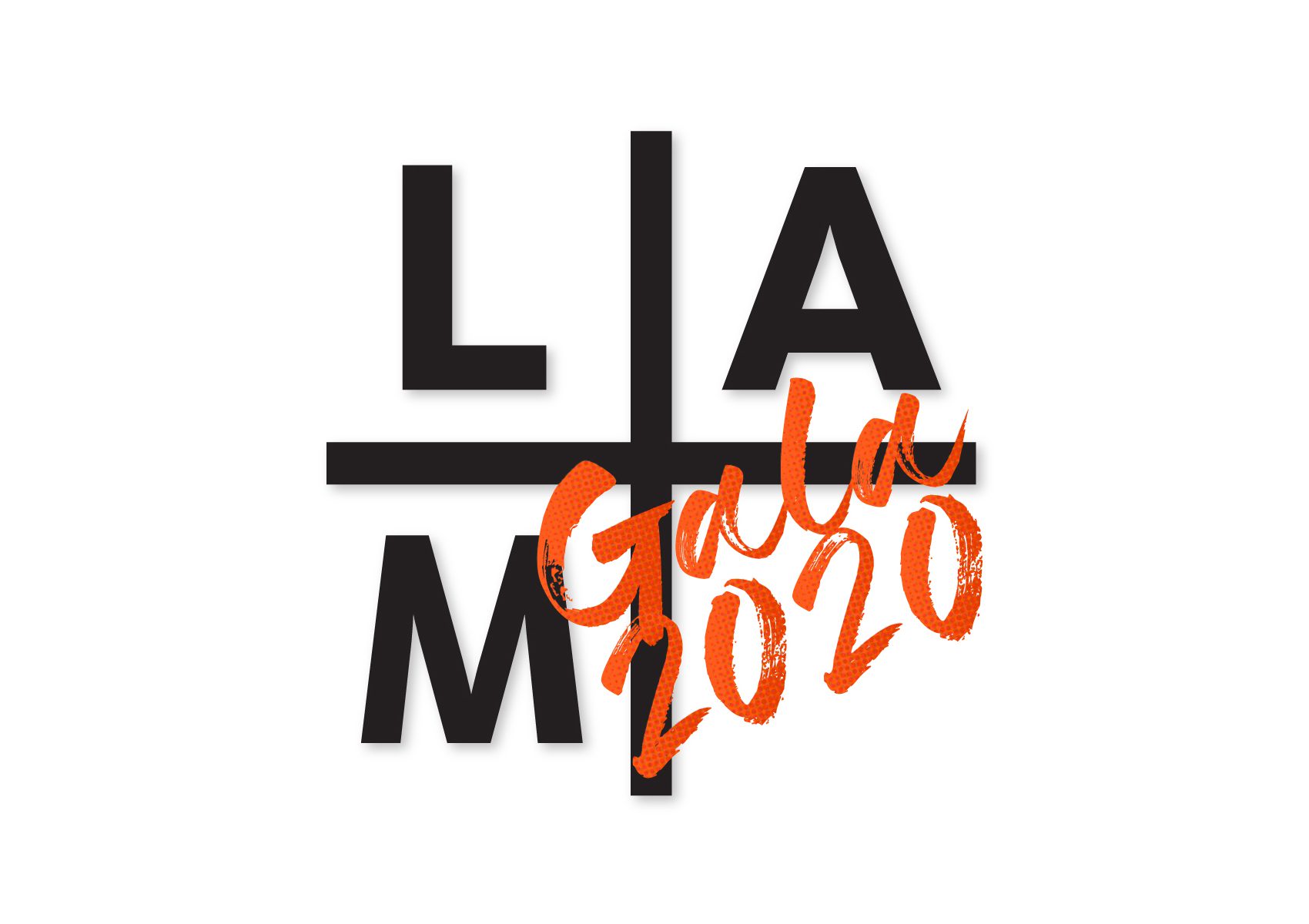Exhibit Overview
The legendary American painter Robert Henri made his first plans to visit California just over a century ago. “Westward Ho!” he exclaimed in 1914 in a letter to his former student, Alice Klauber, who lived in San Diego. Henri’s eagerness was rooted in his quest for new settings and fresh subjects. “I am now quite convinced that San Diego is one of the most interesting and beautiful places in the world and we shall head that way and will not be convinced otherwise until we have seen the place and have been turned away,” he wrote. Henri arrived in June and spent most of the latter part of 1914 living in an Irving Gill-designed cottage above La Jolla Cove. During these months the New York artist gave demonstrations to local artist groups, sent canvases to exhibitions in Los Angeles, New York, and San Francisco, helped Klauber conceive of a complex fine art program for the Panama-California Exposition then being planned for 1915 in the city’s Balboa Park, wrote numerous letters to acquaintances in New York, and scripted theoretical texts about his aims for portraiture and exhibition practice. He also painted portraits of the local population, as well as at least one view of the Pacific Ocean swells outside his front door. After a busy summer and fall, he returned to New York in October of that year.
.
Although Henri subsequently became a frequent visitor to Santa Fe, New Mexico, he chose not to return to Southern California until the summer of 1922, and then he stopped only briefly. He came just once more to the West Coast, in January of1925. On both of these latter occasions he remained in Los Angeles, painting portrait commissions for the families of local business leaders and some Hollywood celebrities. The artist’s choice of sitters in LA sharply contrasts with his San Diego focus. A decade earlier his subjects amounted to a remarkable cross-section of the region’s ethnic diversity. In La Jolla, Chinese-Americans, Mexican-Americans, Native American, and African-Americans had all sat for brightly colored portraits.
.
While there are numerous studies of the artist’s peripatetic nature—recent exhibitions have considered his travels in Spain, Ireland, and France, as well as New York, Santa Fe, and Maine—Henri’s interest in Southern California has never been fully evaluated. The small and choice exhibition Robert Henri’s California: Realism, Race, and Region 1914-1925, consisting of a dozen outstanding examples of his work in the state, corrects this historical oversight. The exhibition and its catalogue bring together for the first time a number of the works that Henri produced during his sojourns in San Diego and Los Angeles. As statements of his complex realist ideas, the paintings relate a fascinating story of his shifting concerns as an artist and the developing face of the region.
.
The authors of the lavishly illustrated catalogue that accompanies the exhibition are the exhibition’s guest curator, Derrick Cartwright, a distinguished scholar of American art, and the Henri authority Valerie Leeds. Their essays will challenge prevailing accounts of Henri’s career, looking carefully at his motivations for working in Southern California while comparing the works he made there to his broader oeuvre. A close analysis of how Henri’s painting changed as a result of his California travels will reveal the lasting impact of the experience. Both exhibition and catalogue will be enhanced by rare documentation, including selections from Henri’s own illustrated correspondence, photographic snapshots of his time in the region, and other period texts. It is a unique opportunity to assess an acknowledged master of modern American art in new terms and with important insights into his legacy for California art history.


Subscribe To Our Newsletter
Receive news about collections, exhibitions, events, and more.








